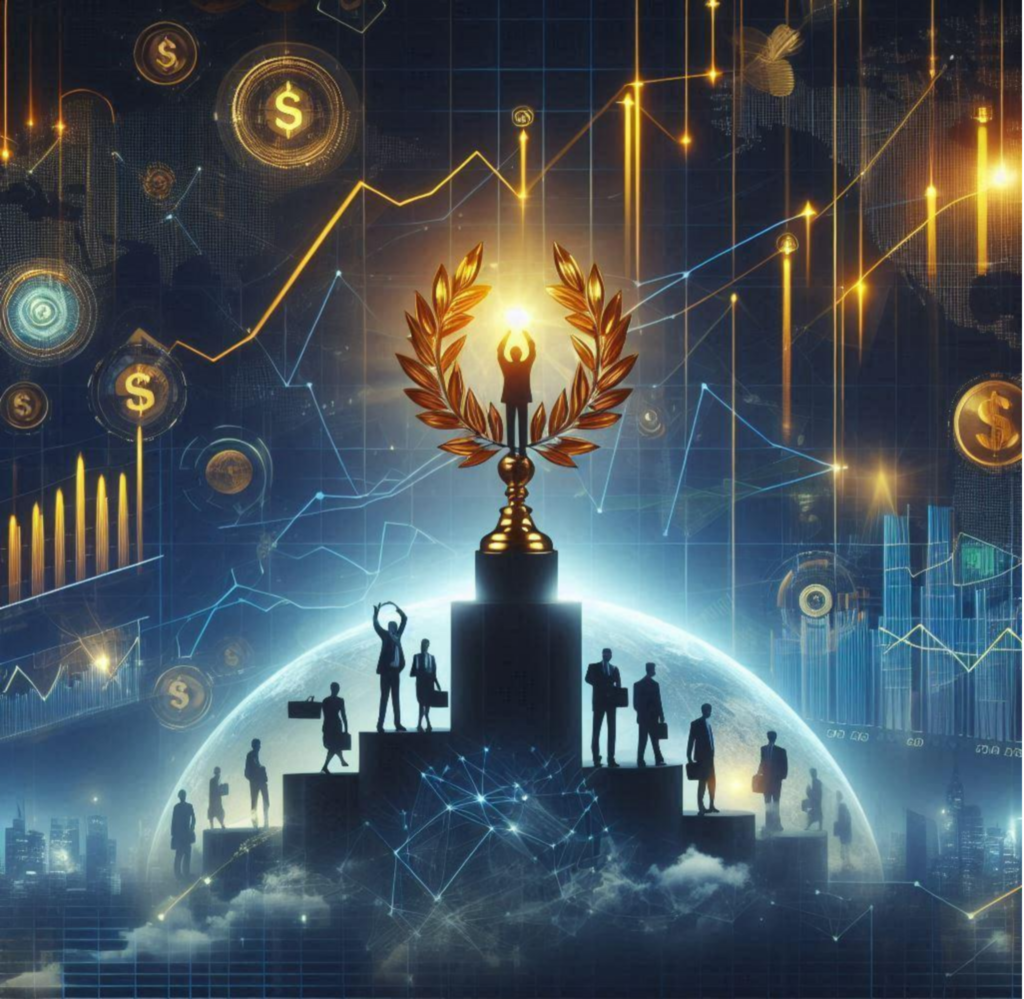14
2024/06
Trading success: External vs. Internal world!
For traders, the world can be divided into two: one is the objectively existing external world, which is the market environment we are in and cannot change; the other is the internal world, which is the world each trader can truly control and manage.

The Trader's First World: The External Market
This world, which exists outside of the trader, is composed of countless market participants. It is a huge, independently operating entity with its own rules. Traders can often sense the operational patterns of this “entity” but cannot accurately capture them.
Traders’ activities within this market will affect their perception of it. Once a trader identifies a pattern and attempts to elevate it into a theory, the market dynamics have likely changed. In other words, traders cannot set rules or predict trajectories; they can only follow the market’s paths.
The market’s unpredictability is like “the blind men and the elephant,” where traders are the blind men and the elephant is the external market. We can sense some aspects of the market, but it is difficult to understand it fully. Even if a sighted person looks at the elephant from one angle, they will still see only one side of it, which is just a partial and incomplete impression.
The market does not care who you are or how you struggle. If you’re lucky, you might profit; otherwise, you could be wiped out. The market is indifferent to your sophisticated methods or strategies because nothing makes a difference to the external market.
The only certainty in the market is uncertainty. Therefore, surviving in this market is not about how high your expected accuracy is but about what measures you have in place if your expectations are wrong. In essence, the key to surviving in the market is how you handle your losing positions.

The Trader's Second World: The Internal World
Traders often hear the phrase “trade your plan,” but a more accurate expression would be “trade your internal world” or “trade your mind.” For traders, the external market is always elusive and invisible; what they can truly control and manage is their own internal world.
Everyone’s experiences and perceptions form their unique “internal world,” shaping everything they see, hear, and feel. In short, what you see is what you have inside. Although individual internal worlds vary greatly, they are unique and real to each person.
Generally, traders’ “internal worlds” can be categorized into the following five types:
- The Confused World:These traders are beginners, making up about a third to half of all market participants, and are often called “newbies” because they know nothing about the market.
- The Chaotic World:These traders learn everything, attend various seminars, follow rumors, read books and newspapers, and follow all kinds of trading-related reports. They can explain the rationale behind each of their trades, though their reasons are diverse and varied.
- The Lost World:This group constitutes about 60-70% of the remaining traders. They indulge in theoretical “armchair strategies,” crafting seemingly perfect trading systems while chasing the non-existent “Holy Grail.”
- The Fragile World:In the last 10% of traders, 70-80% have fragile internal world. They lack confidence, are easily influenced by rumors, and abandon their trades due to fear, even when they have a signal from their trading system.
- The Simple World:Less than 1-2% of these traders embrace simplicity. They clearly understand their abilities and limitations, knowing what to expect from their trades, much like a farmer who understands crop yields.

The “external world” is beyond traders’ control, but the “internal world” is where traders can exercise autonomy and construction. Trading is a path of self-cultivation, where everyone can decide their own “internal world.” Your internal world defines your entire world and your life.
If the core of surviving in the “external market” lies in handling losing positions, then overcoming the difficult periods in the trading “internal world” depends on adequate psychological preparation. By effectively managing one’s “internal world,” traders can add an extra layer of security to their trading endeavors.





